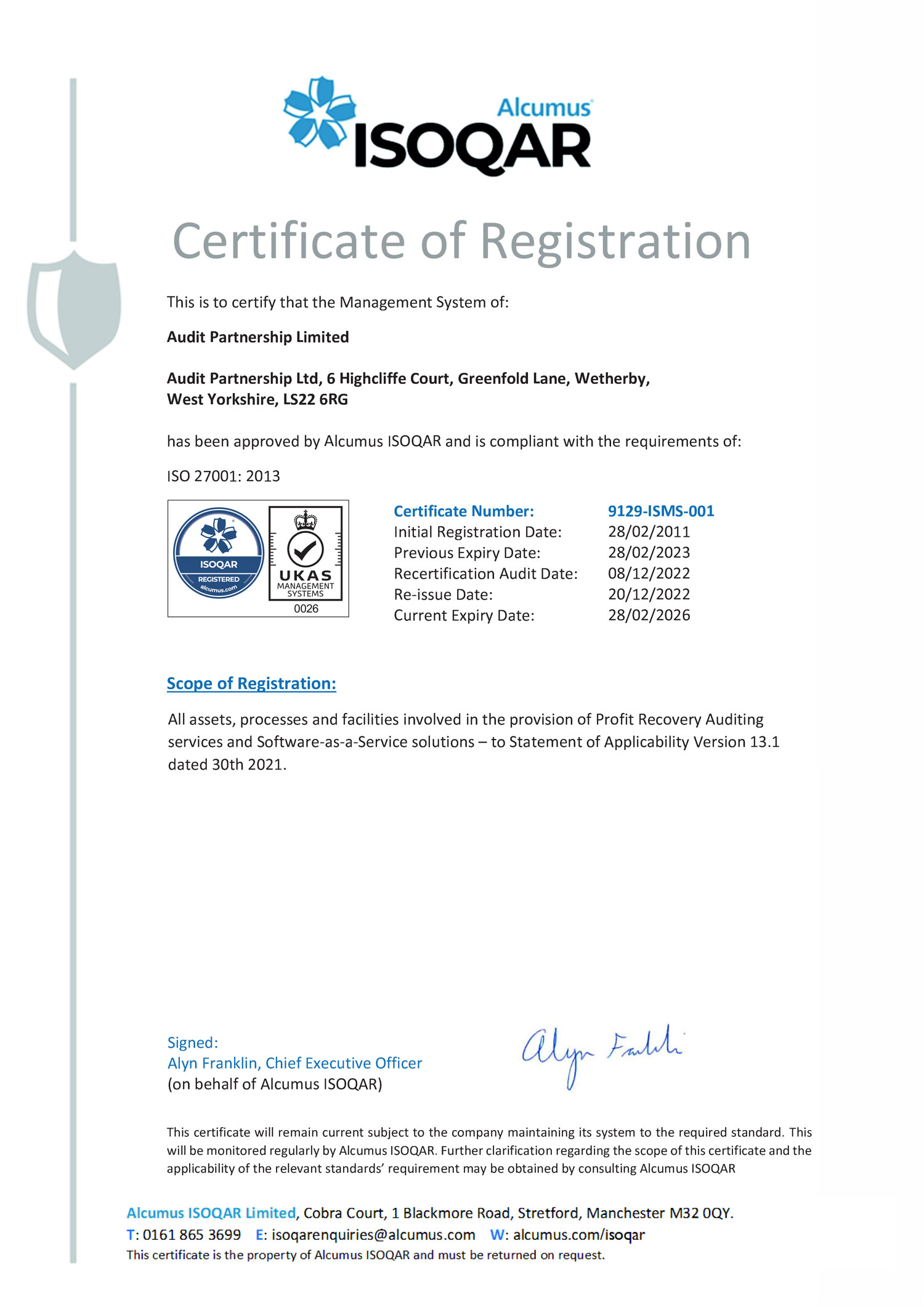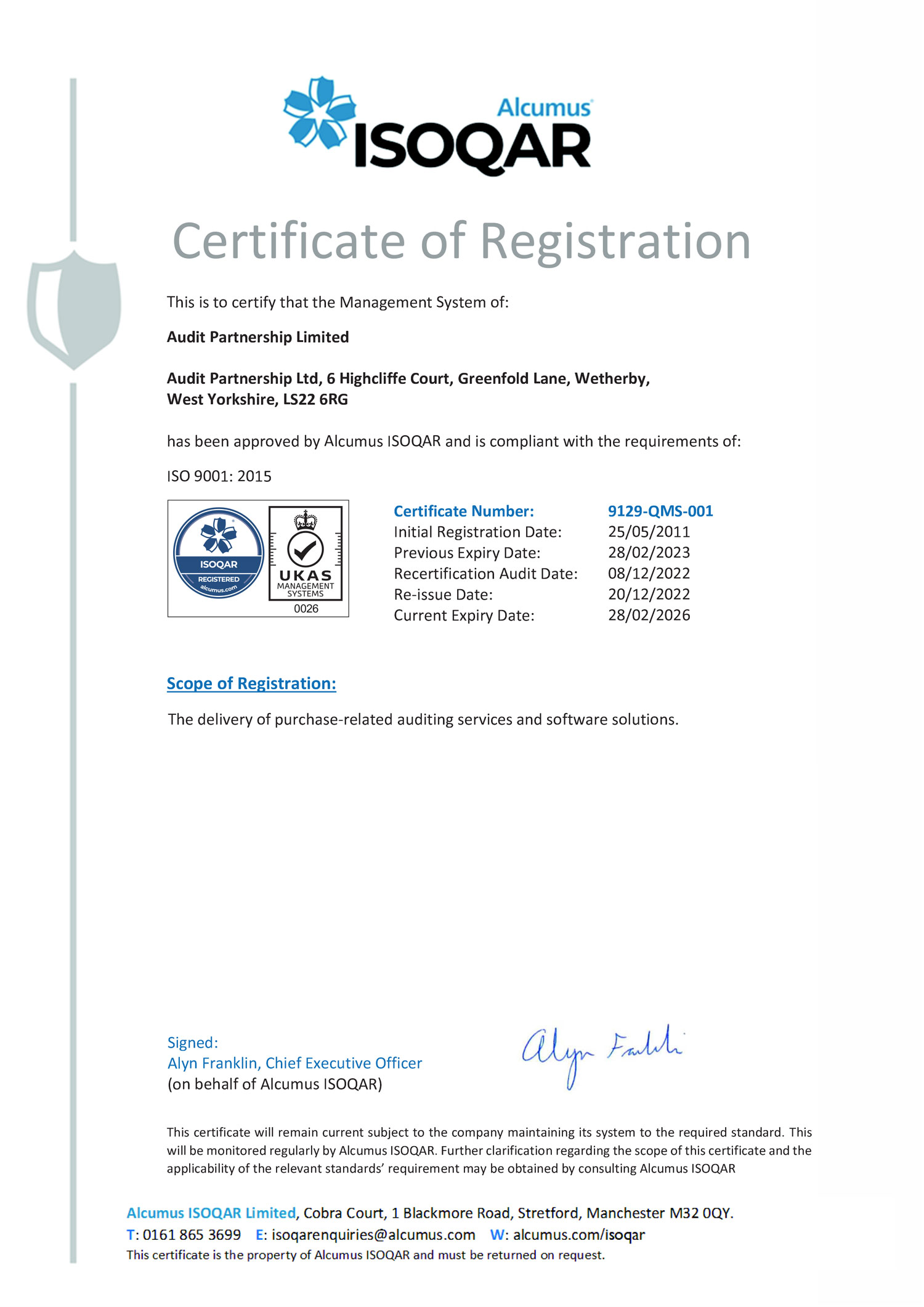
Businesses constantly seek ways to enhance their profitability and maintain strong cash flow. A cost recovery audit is one of the most effective yet often required strategies.
Here is the fundamental guide to cost recovery audits, which can revolutionise your cash flow, particularly in retail. It highlights the benefits of adopting this powerful financial tool.
Importance Of Cost Recovery Audits
A cost recovery audit thoroughly reviews financial processes and documentation to identify inefficiencies, overcharges, and financial disparities that can lead to revenue loss. The audit focuses on recovering funds that may have been unnecessarily spent or lost due to errors, fraud, or inefficiencies.
A cost recovery audit can systematically review financial transactions, contractual agreements, and operational procedures to uncover hidden revenue sources and enhance cash flow, ultimately providing a competitive edge in the retail market.
How Cost Recovery Audits Impact Cash Flow
1. Identifying Overpayments
One of the primary benefits of a cost recovery audit is the ability to identify overpayments made to suppliers. Whether due to multiple billings, incorrect pricing, or missed discounts, overpayments can significantly erode cash flow.
A cost recovery audit can highlight discrepancies and recover funds paid in error by thoroughly reviewing invoices, payments, and contractual terms. This immediate influx of cash can maintain the retailer’s working capital, creating opportunities for reinvestment or operational improvements.
2. Streamlining Operational Processes
Inefficiencies in operational processes can also drain cash flow. A cost recovery audit allows retailers to streamline their workflows and identify areas for improvement. For example, the audit may uncover:
- Redundant procedures that slow down operations
- Ineffective resource allocation
- Ineffective supply chain management
By managing these inefficiencies, businesses can save on operational costs, improving cash flow. Streamlined processes often result in quicker inventory turnover and reduced holding costs, positively impacting overall financial performance.
3. Enhancing Supplier Relationships
A complete cost recovery audit promotes better relationships with suppliers. Retailers who actively manage their expenditures demonstrate to suppliers that they are active about their financial commitments.
Through open communication and transparency, businesses can negotiate better prices and terms with suppliers based on the formats acquired from the audit. Strengthening supplier relationships leads to improved pricing agreements and terms, directly benefiting cash flow management.
4. Maximising Rebates and Discounts
Many retailers miss out on potential savings due to a lack of awareness of available rebates and discounts. A cost recovery audit can identify unclaimed rebates and missed discount opportunities, effectively capturing potential revenue that would otherwise go unnoticed.
Retailers can significantly improve their cash flow by ensuring that all available financial incentives are maximised. This aspect of the audit enhances immediate cash flow and improves a culture of financial caution within the organisation.
5. Improving Financial Reporting
Accurate financial reporting is crucial for strategic decision-making. A cost recovery audit ensures the integrity and accuracy of financial data, enabling retailers to make informed choices based on real-time data.
Better financial reporting can lead to improved projections and cash flow projections. Rather than relying on guesswork, retailers can base their financial strategies on thorough insights from the audit process, allowing for growth-orientated decision-making.
Audit Smart, Recover More: Your Path to Cost Recovery Success At Audit Partnership
For businesses looking to maximise their financial recovery audits, Audit Partnership offers complete recovery retail audit services customised to meet each client’s unique needs. As a leading recovery audit firm, we work with our clients to create the best impact solutions focused on their goals, increase profits, and improve workflows.
Our professional team integrates advanced technology with proven methodologies and tools, ensuring thorough audits that deliver clarity about outcomes. At Audit Partnership, we are committed to supporting retailers in analysing their full potential through 360-degree audit solutions that promote profitability and operational excellence.
Conclusion
Finally, cost recovery audits present an invaluable opportunity for retailers to improve their cash flow management. Businesses can significantly improve their economic health by identifying overpayments, eliminating inefficiencies, enhancing supplier relationships, maximising profits, and improving financial reporting.
Integrating a structured cost recovery audit into your financial practices is not merely an action step but a strategy that can yield substantial long-term benefits.
FAQs – Cost Recovery Audits
1. What is a cost recovery audit?
A cost recovery audit reviews financial transactions to identify inefficiencies, overcharges, and discrepancies that can lead to revenue loss.
2. How can a cost recovery audit impact my retail business?
A cost recovery audit can help your retail business identify overpayments, streamline operations, enhance supplier relationships, and recover lost funds, all contributing to improved cash flow.
3. How often should I conduct a cost recovery audit?
You should conduct a cost recovery audit annually or whenever significant changes occur in your suppliers, contracts, or operational processes.
4. How important is it to conduct a cost recovery audit?
While it is possible to conduct an audit internally, partnering with experts like Audit Partnership can provide tips, strategies, and experience, ensuring a more thorough and effective audit process.
5. What technologies can assist with the cost recovery audit process?
Using digital solutions such as Audit Partnership’s Capture™ platform can streamline data collection and analysis, enhancing the efficiency and accuracy of your cost-recovery audit efforts.














